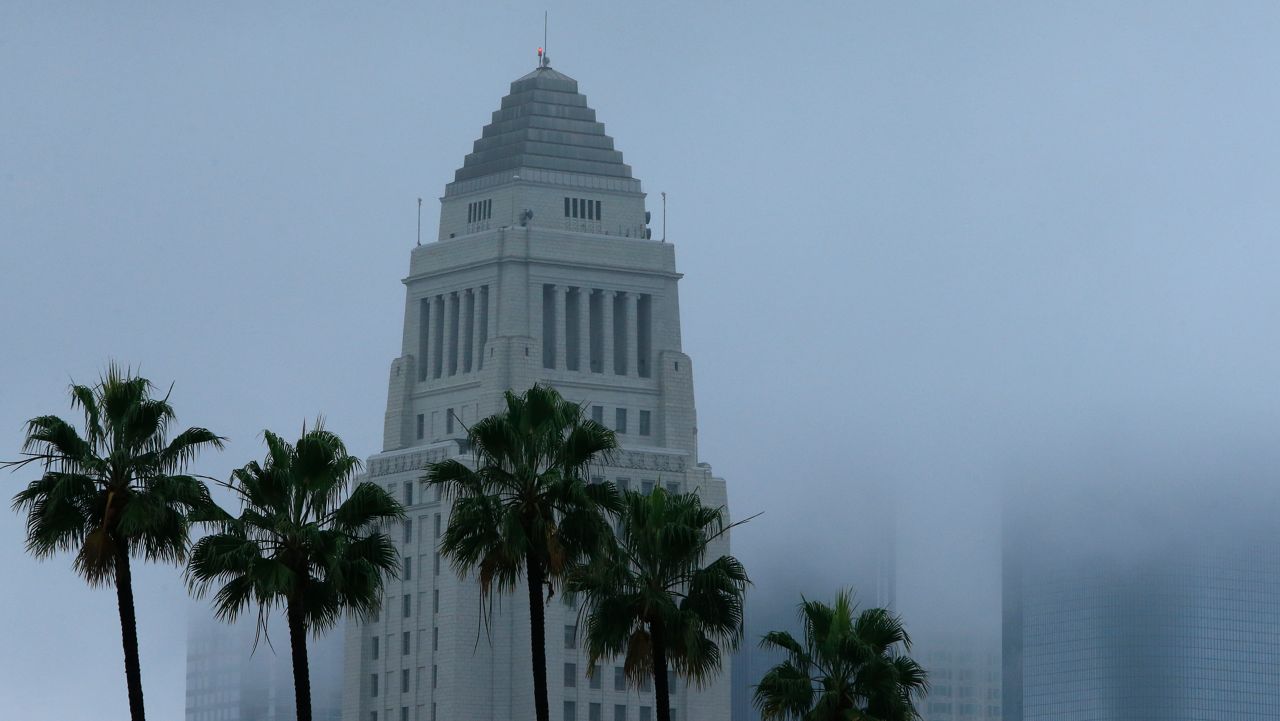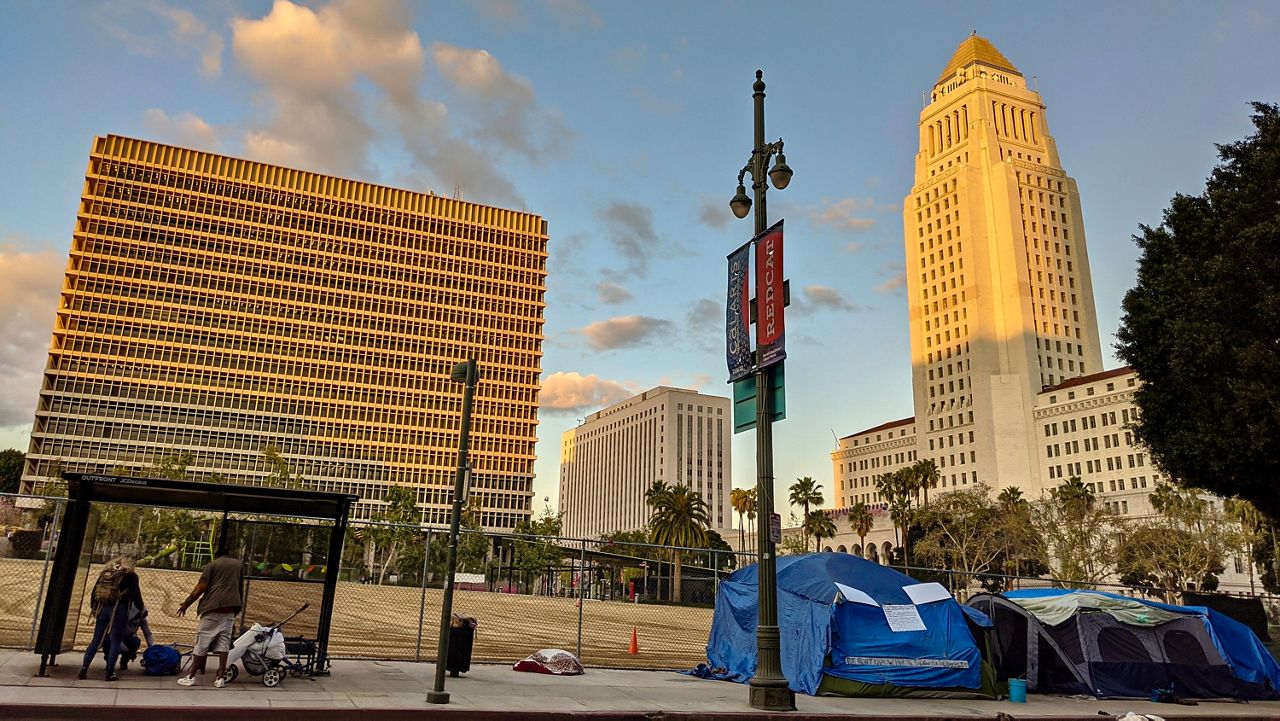LOS ANGELES — LEDs or light-emitting diodes are much more energy efficient than traditional lighting sources and require less than 25% of the energy consumed by incandescent bulbs, but over the last two decades they have had a devastating impact on the night sky.
Travis Longcore, an adjunct professor at the UCLA Institute of the Environment and Sustainability, told “Inside the Issues” host Alex Cohen that LEDs originally rose in popularity following the 2008 recession. The Recovery Act funded several projects for cities to convert lights from older lighting technologies to LEDs. It helped save energy across the country and made LED bulbs much more commercially available.
In 2014, Los Angeles cut its annual carbon emissions by 43% and saved $9 million in energy costs by replacing bulbs in more than half of the city’s street lamps. However, the energy efficient lights had unintended consequences on the planet.
“As we’ve increased the efficiency of lighting, we’ve used more and really blotted out our ability to see the night sky,” he explained. “It also has increased impacts on other species, and that’s just simply about the amount of light.”
The UCLA professor said it’s a well known behavioral paradox that when something is less expensive, people have a tendency to use more of it. In this case, LEDs became cheaper and more readily available, so Californians added more bulbs to the landscape, resulting in a dramatic rise in light pollution.
He said the type of light LEDs emit also contributes to increased brightness at night. Typically, light from incandescent bulbs produces warmer yellow and amber tones, while LEDs give off harsher white and blue tones.
“That light scatters more in the atmosphere, so it contributes more to light pollution outdoors. Blue is also the color that we as humans and other organisms are very sensitive to determine whether it’s daytime or nighttime, and so human circadian rhythms and daily cycles are more affected by blue light paths,” Longcore added.
The increased amount of light and type of light from LEDs has negative effects on human and animal health. In humans, this leads to disrupted sleep cycles and an array of health problems associated with a lack of sleep.
Longcore notes the additional light in the night sky severely affects nocturnal animals in the region too.
“When you introduce as much light as we have, we have places where it never gets darker than what a full moon would create,” he said. “Those species that depend on there being natural darkness and natural monthly cycles for their risk assessments as they look across the landscape, they’ve got no place to go.”
The UCLA professor explained that light pollution doesn’t just affect nocturnal species, it also affects species active in the day that have their activities extended into the night. He said this results in more birds and insects flying into windows.
However, there are solutions to ease rising light pollution in Southern California. People can buy LEDs that produce warmer tones and they can simply turn off more lights at night that are not in use.
Let "Inside the Issues" know your thoughts and watch Monday through Friday at 8 and 11 p.m. on Spectrum News 1.











